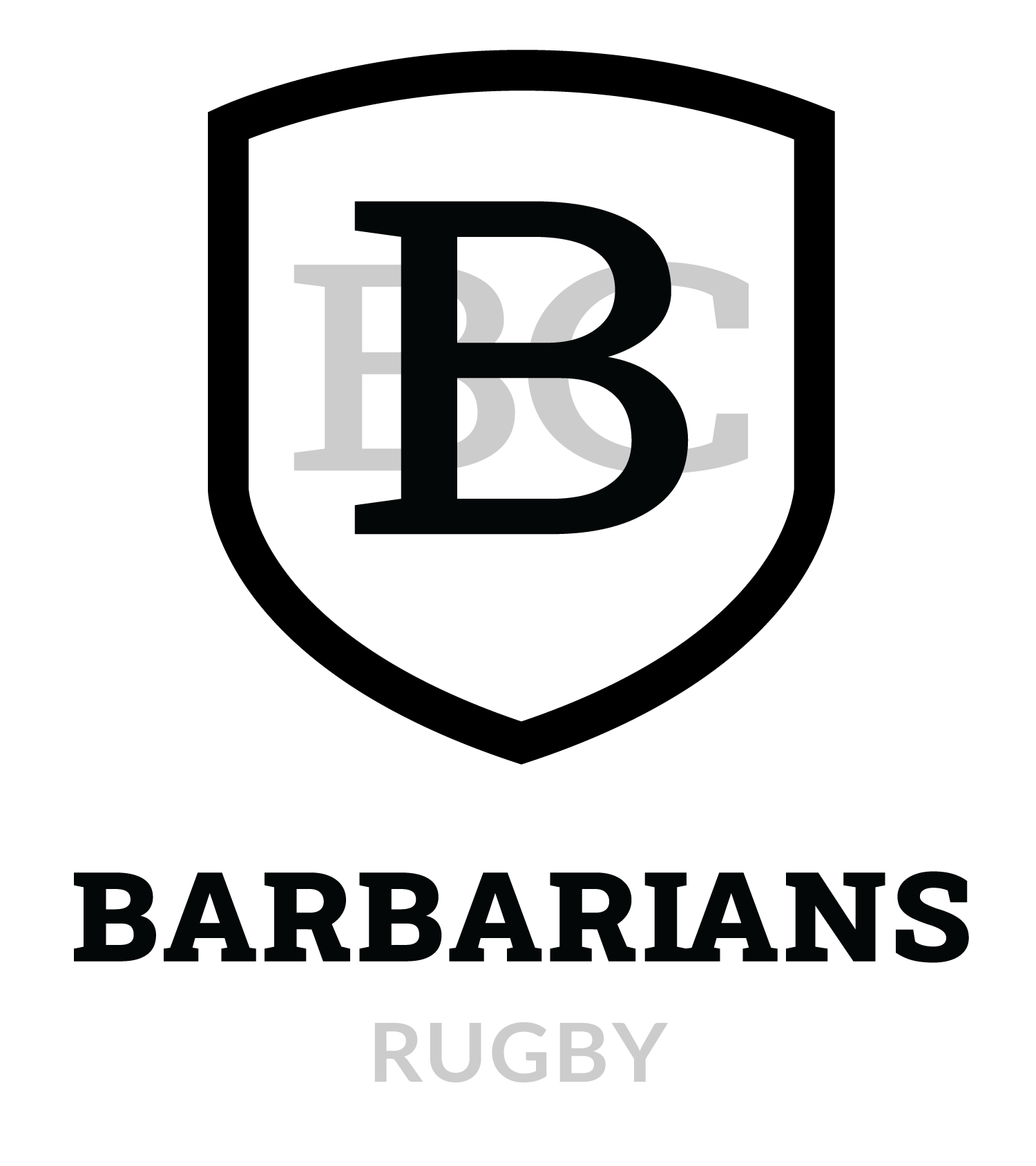What Rugby can teach us about leadership.
On the pitch, rugby has a vision of leadership that involves everyone — each teammate has a role to play and each person can affect the outcome of the team. The way the game is played determines each player’s crucial role, and that’s something that could be applied in other people-based systems. In rugby, at practice and during games, each person has their role to play, and when something goes wrong or the team loses, the fate of everyone depends on the person standing next to them.
In other sports, even team sports, one dominant player can make all the difference in the world. For example, in basketball, a LeBron James or a Michael Jordan can win you a game almost single-handedly. However, in rugby, due to the way it’s played, one single person can’t have as much influence on the final score. Because the teams are so big (each with 15 players on the field), for as much as someone stands out for their physical or strategic prowess, if their teammates don’t do their part, that player won’t be in a position to let their skills shine. In rugby, it’s hard to find some like Messi that can dance his way through the defense and score without someone laying him on his back first.
For example, the legendary 1995 Rugby World Cup final in South Africa, where New Zealand’s Jonah Lomu, widely considered the best player in the world, was no match for South Africa’s cohesive, team-first approach. The All Blacks lost the match 15-12.
There were three types of leadership on display during the game: the first, self-leadership shown by the players on the field. Each and every man chipped in his part. The second was team leadership, which can be exercised by different people at different parts of the game. At a company or organization, it’s when we assign different responsibilities to people depending on their strengths, weaknesses, and individual personalities.
Lastly, we have strategic leadership, which in rugby is usually shown by the captain or coach, but not always. This one has to do with the difference between the ancient Roman concepts of auctoritas vs potestas, or authority and influence vs institutional power. The person who assumes leadership can do so through their influence on the team (personality, skills, etc.) or by their standing within the power structures of that team (coach, general manager, etc.).

